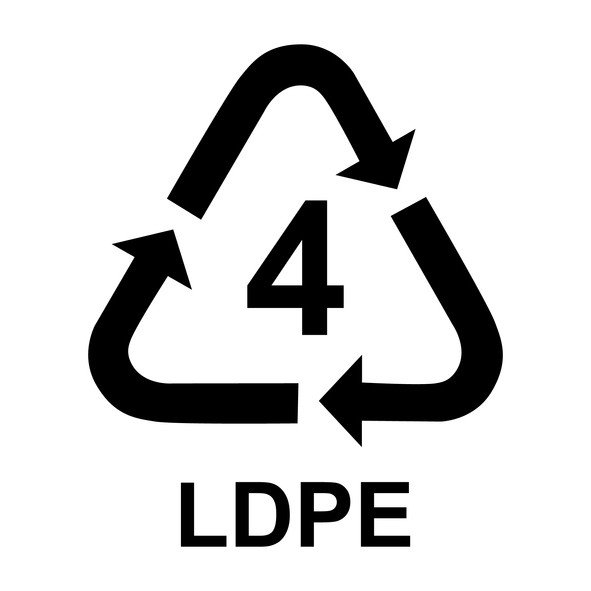Consumer Packaged Goods (CPG) companies are under pressure to adopt sustainable packaging strategies, including reducing, reusing, recycling, reformatting, and renewing packaging materials. Polybags, despite being plastic, can support these efforts through right-sizing, using recycled content, and leveraging biodegradable or compostable materials. Tension Packaging & Automation is committed to helping businesses achieve their sustainability goals with innovative packaging solutions tailored to eCommerce and pharmacy needs.
In October 2018, the Ellen MacArthur Foundation, a global nonprofit committed to creating a circular economy, set out clear, urgent actions for businesses and governments to take to eliminate plastic and outlined ambitious targets for reducing virgin plastic use by 2025. By November 2022, a New Plastics Economy Global Commitment progress report indicated this commitment to use only reusable, recyclable or compostable plastic packaging would not likely be met by 2025, resulting in the Ellen MacArthur Foundation’s placing a fresh-acceleration spotlight on businesses urging them to create credible, ambitious plans to scale reuse, deal with the issue of flexible packaging and reduce the need for single-use packaging.
The heat is on for Consumer Packaged Goods (CPG) companies to source sustainable packaging solutions. A recent report by the Packaging Machinery Manufacturers Institute (PMMI), Packaging Sustainability: A Changing Landscape, details how CPG’s sustainable packaging strategies include:
- Reducing – Minimizing packaging to reduce waste.
- Reusing – Implementing reusable packaging.
- Recycling – Designing recyclable packaging.
- Reformatting – Redesigning packaging using more sustainable materials.
- Renewing – Choosing renewable-sourced materials.
Plastic Packaging: A Sustainable Option
Polyethylene is one of the most widely used plastics in the world. A bag made with polyethylene, or a polybag, is widely used in the packaging industry due to its durable, pliable and protective qualities. Despite being a plastic product, a polybag can still be considered as a sustainable packaging alternative – especially when the following CPG sustainable packaging strategies are considered:
Reducing: Minimizing Packaging to Reduce Waste
Options to reduce the amount of poly used in a package includes right-sizing bags or using thinner or “downgauged” packaging such as Linear-Low Density Polyethylene (L-LDPE).
L-LDPE refers to the type of resin that makes up the plastic in the polybag. L-LDPE is popular for its strength, impact resistance and puncture resistance. L-LDPE is tough, boasting a higher tensile strength than regular low-density polyethylene (LDPE), and this allows L-LDPE to consist of thinner films without compromising the strength of the material, making it an ideal substrate for packaging applications.
Reusing: Implementing Reusable Packaging
Two-way packages are popular in the apparel segment where returns and exchanges are highly-likely. Shippers who provide a perforation and double-adhesive strip on the initial package — enabling it to double as a return vessel if needed — creates an opportunity for that package to extend beyond single use.
Recycling: Designing Recyclable Packaging
Did you know polybags can be recycled as a low-density polyethylene or number 4 plastic? Nearly 10,000 retailers and grocers nationwide accept number 4 plastics (e.g., polybags) for recycling. For more information, or to find a number 4 plastic recycling facility in your area, consult the resources at How2Recycle.
Reformatting: Redesigning Packaging Using More Sustainable Materials
Polybags made with post-consumer resin (PCR) and/or post-industrial content (PIC) can protect your both products and the environment. The amount of PCR and/or PIC contained in a polybag is expressed in percentages, yet the percentage of PCR and/or PIC included in a package can vary greatly, depending on the specific intended application and end use for the bag. There is a limit to how much PCR and/or PIC a polybag can contain and still maintaining the desired strength, sealability and integrity. Testing is critical to determine the appropriate amount of PCR and/or PIC to be included in a polybag.
Renewing: Choosing Renewable-sourced Materials
Packages marked as “compostable” are biodegradable, meaning the packaging materials can break down into tiny pieces that can be safely digested by microorganisms. Biodegradable packaging can be made from bio-based and fossil-based polymers, and there are some petroleum-based plastics composed of weaker carbon chains that degrade efficiently and completely (e.g., polybutylene adipate terephthalate or PBAT, a fully biodegradable polymer) while maintaining the strength and flexibility that makes plastic packaging so attractive for packaging manufacturers.
Paper Packaging: A Sustainable Option
Looking for more sustainable packaging options? Stay tuned for part two of this post on paper packaging solutions.
Contact Tension Packaging & Automation for Your Sustainable Packaging Needs
Tension remains committed to sustainability, our customers and meeting their needs for sustainability in their business. We are passionate about helping our customers reach their sustainability goals through our sustainable packaging consumables and solutions for pharmacy and eCommerce and have options for sustainable polybags. Contact an expert today to get started.
